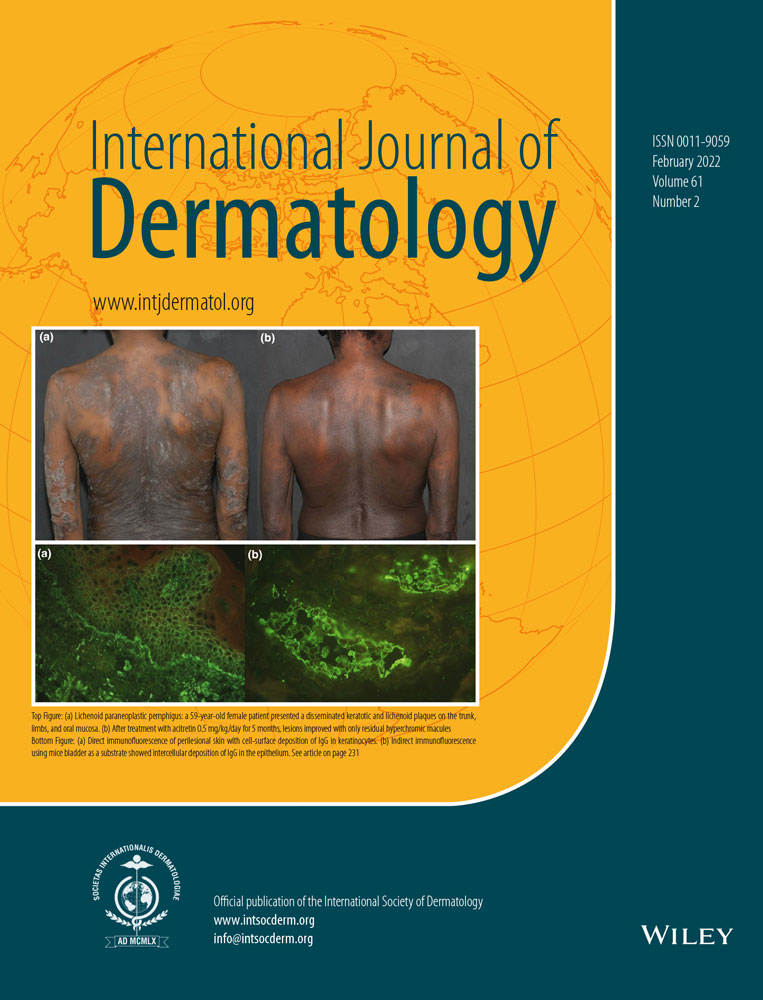Baseline neutrophil/lymphocyte ratio (NLR) and red blood cell distribution width (RDW) correlate with advanced stages in cutaneous squamous cell carcinoma
Conflict of interest: None.
Funding source: None.
Abstract
Background
The neutrophil/lymphocyte ratio (NLR) and red blood cell distribution width (RDW) at diagnosis have been shown to correlate with advanced disease and to be prognostic factors in many tumors. However, their role as a prognostic factor for cutaneous squamous cell carcinoma (cSCC) has not yet been studied.
Objective
Therefore, the aim of our study was to evaluate the correlation of NLR and RDW with stages of disease in patients with cSCC in order to define whether or not higher values of these two markers correlate with a more aggressive disease.
Methods
We retrospectively analyzed the NLR and RDW in a total of 51 newly diagnosed cSCC patients. NLR and RDW were calculated using data obtained from the complete blood count (CBC).
Results
Median NLR among patients with the non-advanced disease (in situ and stage I) was 2.2, whereas median NLR for patients with advanced disease was 4.87. Median RDW among patients with early stage disease was 13.7%, while median RDW in patients with advanced disease was 15.81%. Statistical analysis showed positive associations of advanced cSCC stages with NLR or RDW higher than 3.07 or 14.5%, respectively.
Conclusions
Therefore, our analysis demonstrated how both NLR and RDW represent cheap and easily available factors that could be used as markers for advanced cSCC. They could help to identify patients with advanced stages disease that requires a strict follow-up.




